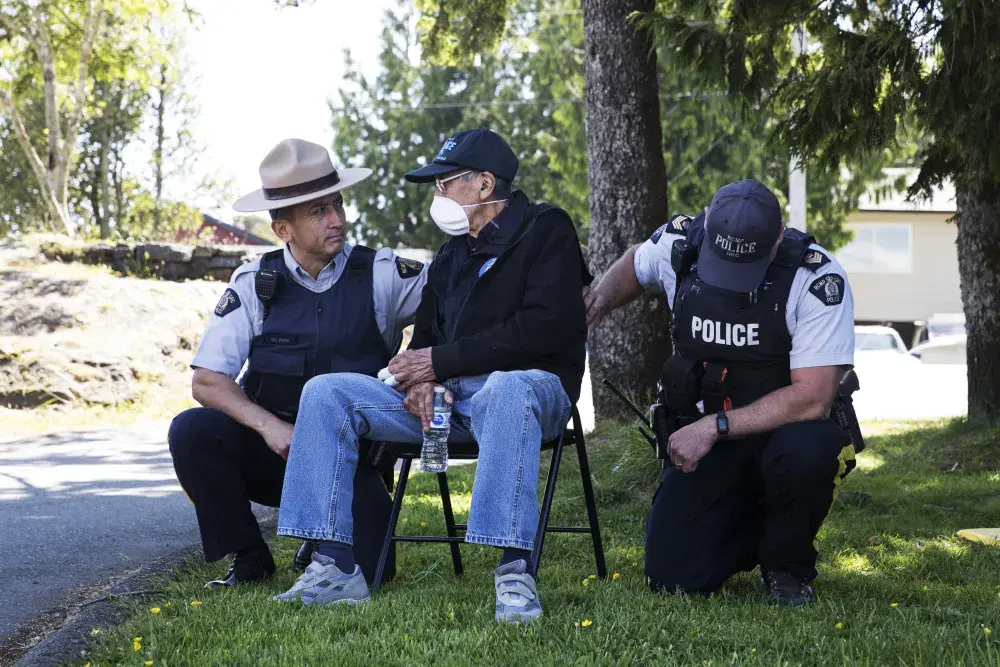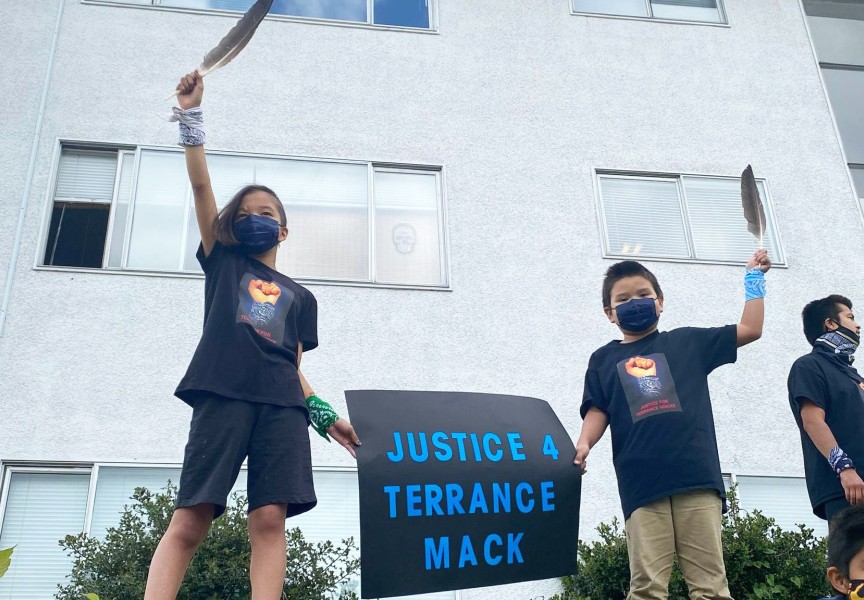In effort to increase transparency in policing and improve accountability, Royal Canadian Mounted Police (RCMP), Canada’s federal police force, will soon be equipped with body-worn cameras.
Frontline general duty officers that work in the communities of: Ucluelet, Ahousaht, Tofino, Mission, Prince George, Cranbrook and Kamloops will be amongst the first to start recording evidence from the first-person perspective or point of view (POV), according to B.C. RCMP, or “E” Division, senior media relations officerStaff Sgt. Kris Clark.
“This initiative will see more than 10,000 cameras rolled-out across the country when rollout is complete. E Division will rollout over 3,000 cameras to the frontline beginning this winter,” said Clark.
“The RCMP is committed to taking the necessary steps to enhance trust between the RCMP and the communities it serves, and we believe the use of body-worn cameras will assist us with this goal,” Clark continued.
Ucluelet RCMP detachment commander Sgt. Marc Jones has been working as a police officer for almost 28 years. He told the Ha-shilth-sa Newspaper he thinks body-worn cameras are going to be a “great tool” and that he’s happy to see them rolling out.
“We’re now going to be introducing video evidence into court trials, so from my perspective, I believe it’s going to be great,” Jones said. “I do believe that my members and most members in the RCMP act appropriately, and they do what they are supposed to do and I think the camera will catch a lot of situations where evidence will be presented and it might look differently in a court setting now; the video will show a lot more detail than the officer will be able to explain.”
He went on to say that if an officer was, for example, dealing with an impaired driver, the video would show considerably a lot more detail than was expected.
“That may be of advantage in a court setting,” he said.
Cloy-e-iis (Dr. Judith Sayers), Nuu-chah-nulth Tribal Council (NTC) president, says Nuu-chah-nulth have been calling for body-worn cameras since the tragic shooting of Tla-o-qui-aht First Nation member Chantel Moore on June 4, 2020 at her New Brunswick home. Moore was fatally shot by Edmundston City Police Const. Jeremy Son on a “wellness check” after she allegedly advanced toward him with a steak knife.
“The only story we knew about Chantel’s shooting was given by the police officer that shot her – his biased account and some of the evidence. We will never really know the true story of what happened that fateful night as Chantel is unable to tell her story. Had the officer been wearing a body cam, we would know more about what happened. The same happened with Julian Jones, a Tla-o-qui-aht man who was shot and killed on the Opitsaht reserve,” said Sayers in an email.
On February 27, 2021, two officers from Tofino came to a home in the First Nation’s village of Opitsaht on Meares Island to “locate a woman in distress,” according to an RCMP press release. An altercation occurred, resulting in Jones being shot, while another was taken into police custody.
Moore was 26 when she was fatally shot by a police officer. Jones was 28.
“We know that body cams are one good solution and are very glad that all these years later they are finally being rolled out to two communities where our Nuu-Chah-nulth live,” Sayers said. “We still need more trauma-informed trained police officers and other trained people investigating wellness checks. We also need training for shoot to disarm and not shoot to kill. Training of police officers to be more respectful of our people and getting rid of racist actions and attitudes are also things we need to pursue so our people are properly treated and not shot and killed needlessly.”
With new computer software to learn and privacy concerns to navigate, Jones says there is going to be a lot of “growing pains and adjustments for everybody”.
When it comes to privacy, RCMP say body-worn cameras are not intended to be used for 24-hour recording, surveillance and when intimate searches are conducted.
“Even if we want to keep it on all the time we couldn’t,” said Jones. “We’re just one small portion of the world over here in Tofino, Ucluelet and Ahousaht, but you gotta think, when this goes across Canada, everybody is going to be uploading these images. The only time the police officers are going to turn their cameras on and off would be when they are dealing with a police situation.”
RCMP say officers will activate their body-worn cameras during calls for service, including mental health calls, interactions with people in crisis, crimes in progress and for investigations.
But handling privacy concerns is a bit of a grey topic, Jones points out.
“Sometimes when you are going into various situations, does the camera get turned on? Do we redact certain things? Do people’s images get protected? Say if you walk into a home and there are a whole bunch of people in there and you are investigating a domestic, suddenly all these people are getting their faces caught on this video, so we have to take out anyone that’s not involved,” Jones said.
He went on to reiterate that the body-worn cameras only capture one POV.
“The police officers’ notes and their understanding of the situation still comes into effect because the cameras don’t always capture the whole 360 degrees of what’s going on,” he said.
“I’m hoping that it doesn’t have a negative effect where people don’t speak because maybe they’re afraid to talk knowing that that might be something that is going to be automatically put into a court document,” Jones continued.
When it comes to sharing recordings, the RCMP “may proactively disclose footage from a body-worn camera where it is in the public interest to do so.” Members of the public can seek access to the recordings by filing a formal request under the federal Privacy Act or Access to Information Act.
More information will be released as RCMP body-worn cameras come into action.








